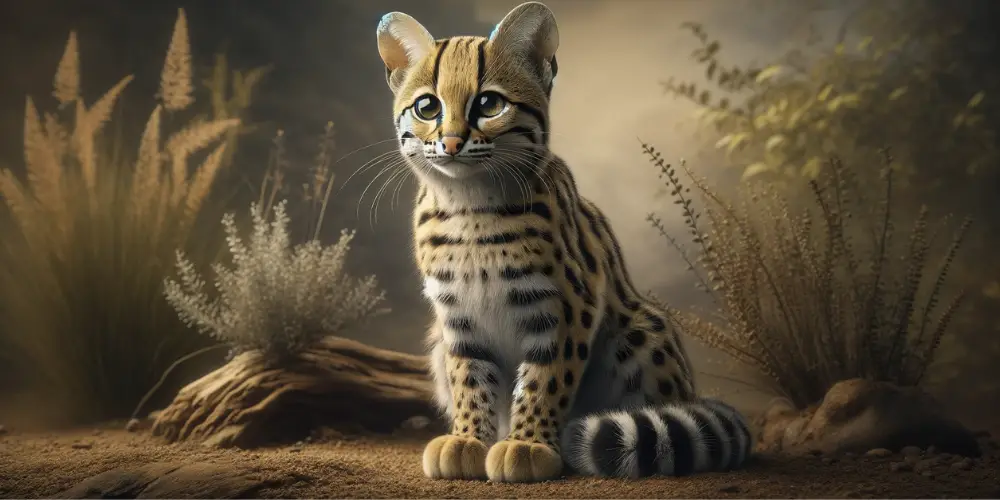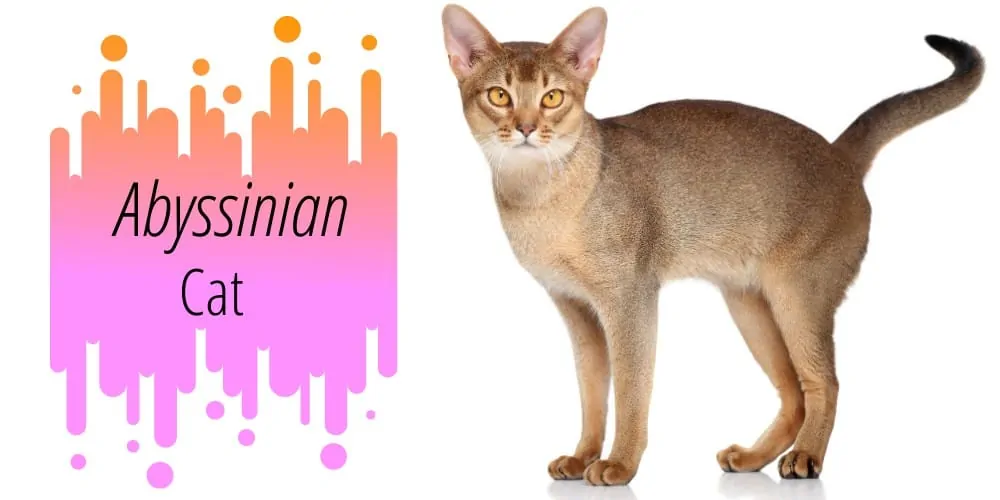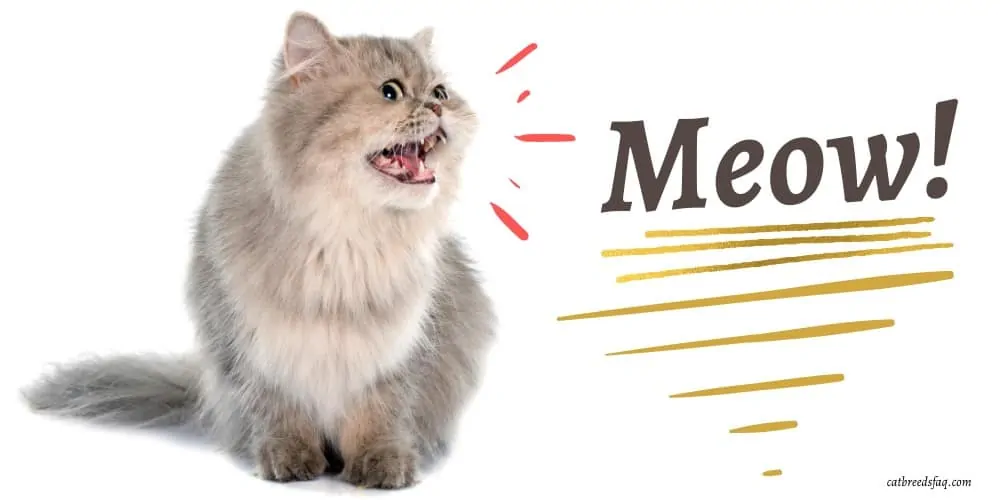In the heart of the Philippines’ lush landscapes lurk the enigmatic wild cats, nature’s hidden gems.
These elusive creatures, pivotal to the archipelago’s biodiversity, face a silent struggle for survival amidst the shadows of modernity.
Their tale is resilient and mysterious, beckoning a closer look into their secretive lives and the urgent need for their conservation.
Key Takeaways:
- Philippine wild cats are crucial to the biodiversity and ecological health of the archipelago.
- Habitat loss and human-wildlife conflict pose significant threats to their survival.
- Conservation initiatives and research are vital for understanding and protecting these elusive felines.
- Public involvement and awareness can significantly contribute to the success of conservation efforts.
- Each of us has a role to play in ensuring the future of Philippine wild cats and the rich natural heritage they represent.
The Wild Felines of the Philippine Archipelago
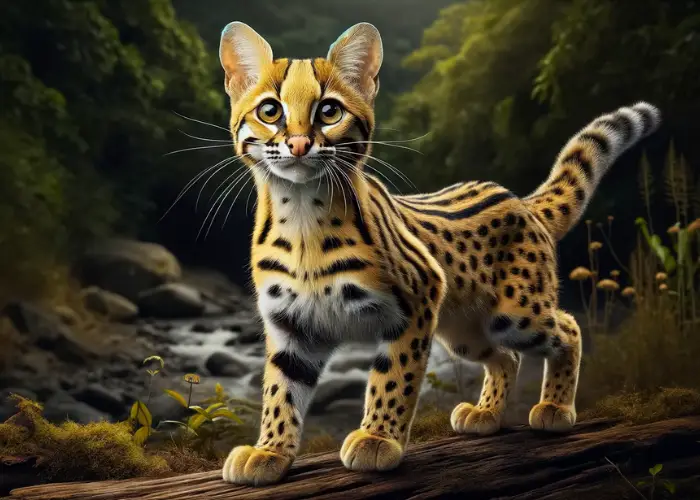
The Sunda Leopard Cat
The Sunda Leopard Cat symbolizes the wild, embodying the untamed beauty of the Philippine forests.
This small yet agile feline boasts a distinctive spotted coat, blending seamlessly into the diverse ecosystems it calls home.
The Sunda Leopard Cat demonstrates remarkable adaptability from the dense, humid rainforests to the agricultural outskirts.
Despite its resilience, this native wild cat faces pressing threats from habitat destruction and the illegal wildlife trade, underscoring the urgency for concerted conservation efforts to safeguard its future.
Visayan Leopard Cat
Within the Philippine wild cat family, the Visayan Leopard Cat shines as a unique subspecies adapted to the distinct environmental tapestry of the Visayan islands.
Characterized by its smaller stature and specialized habitat preferences, this leopard cat variant thrives in the dense underbrush of forests and the peripheries of human habitation.
The challenge of habitat fragmentation poses a significant threat to its survival, making targeted conservation initiatives critical to preserving the Visayan Leopard Cat and the ecological balance of its native regions.
Sunda Leopard Cat vs. Visayan Leopard Cat Differences

| Aspect | Sunda Leopard Cat | Visayan Leopard Cat |
|---|---|---|
| Species | Prionailurus javanensis | Prionailurus javanensis sumatranus |
| Location | Sundaland islands of Java, Bali, Borneo, Sumatra | Philippine Islands of Negros, Panay, and Cebu |
| Subspecies | No | Yes |
| Conservation Status | Not specified | Vulnerable (IUCN Red List) |
| Description | Small wild cat species | Population of the Sunda leopard cat |
| Size | Length: 38.8 – 66 cm | Similar to Sunda Leopard Cat, as it’s a subspecies |
| Weight | 0.5 – 3.8 kg | Similar to Sunda Leopard Cat, as it’s a subspecies |
| Lifespan | 13 years | Data not specifically stated, but potentially similar to Sunda Leopard Cat due to close genetic relation |
*The Visayan leopard cat is a population of the Sunda leopard cat, specifically Prionailurus javanensis sumatranus, found in the Philippine Islands.
Habitats and Ecosystems
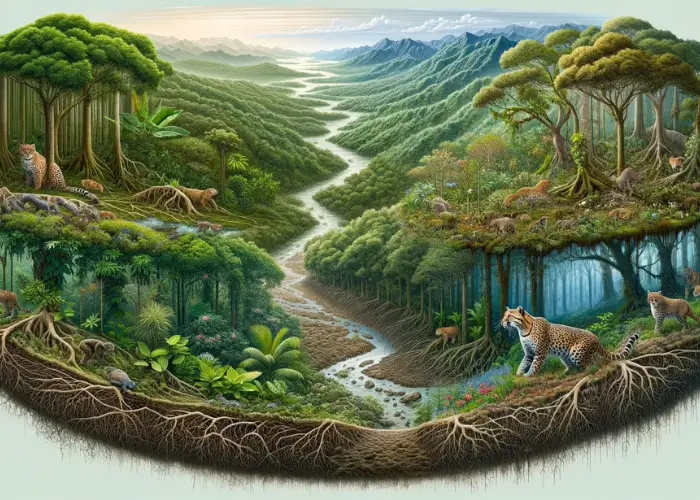
The Diverse Habitats of Philippine Wild Cats
With their remarkable adaptability, Philippine wild cats inhabit various environments across the archipelago.
From the dense, primeval rainforests that offer a canopy of protection, to the agricultural lands where the boundaries between the wild and the cultivated blur, these felines navigate a complex landscape.
Even the fringes of urban development, where nature meets human expansion, become unlikely refuges.
This diversity of habitats showcases the wild cats’ adaptability and highlights the intricate balance between wildlife and the varying ecosystems of the Philippines.
Impact of Habitat Loss and Fragmentation
The encroachment of deforestation and urbanization presents a dire threat to the habitats of these wild cats.
As forests are cleared and lands are developed, the once contiguous expanses of wilderness fragment into isolated patches, disrupting these felines’ natural territories and hunting grounds.
This habitat loss diminishes their living spaces and strains their food resources, forcing closer encounters with human environments and increasing the risks of conflict.
The ripple effects of such environmental changes underscore the need for sustainable practices and conservation strategies to mitigate habitat fragmentation and preserve the natural heritage of the Philippines.
Human-Wildlife Interaction

Coexistence Challenges and Community Impact
The delicate dance of coexistence between Philippine wild cats and local communities is fraught with challenges.
As wild habitats shrink and human populations expand, encounters between humans and these elusive felines become more frequent and fraught.
Issues range from predation on livestock, which can lead to economic losses for farmers, to the more insidious threat of retaliatory hunting or poisoning of wild cats.
Understanding and mitigating these conflicts is crucial for fostering a harmonious relationship that benefits humans and wild cats, ensuring their survival and well-being.
Stories from the Field: Local Perspectives on Wild Cats
Beneath the surface of human-wildlife conflict lie stories of coexistence and respect for the natural world.
Stories from those living alongside these creatures offer a glimpse into the Philippines’ complex relationship between humans and wild cats.
From tales of nighttime encounters to the subtle signs of wild cats passing through farmlands, these stories enrich our understanding of the intricate balance between human communities and the wild inhabitants of the archipelago.
Capturing these experiences is essential for building empathy and support for conservation efforts.
Conservation and Research

Current Conservation Initiatives and Their Challenges
Conservation initiatives in the Philippines are a beacon of hope for wild cats, focusing on habitat preservation, anti-poaching measures, and community engagement programs.
These efforts, however, face considerable challenges, including limited funding, logistical constraints, and the need for greater public awareness and support.
Despite these hurdles, dedicated conservationists and organizations continue to work tirelessly, employing innovative strategies and collaborations to ensure the survival of these magnificent creatures and their ecosystems.
How You Can Help: Getting Involved in Wild Cat Conservation
The plight of Philippine wild cats is not just a concern for conservationists but a call to action for everyone.
Opportunities to contribute abound, from participating in local conservation projects and supporting sustainable practices to spreading awareness and advocating for wildlife-friendly policies.
Your involvement, whether as a volunteer, donor, or advocate, can make a significant difference in the ongoing battle to protect these hidden gems of nature.
Here are some local conservation organizations you can support:
Visayan Leopard Cat Conservation
Recent Scientific Research and Findings
The scientific community plays a pivotal role in wild cat conservation, with ongoing research shedding light on these elusive felines’ behavior, genetics, and ecology.
Recent studies offer insights into their dietary habits, territorial ranges, and adaptability to changing environments, informing conservation strategies and enhancing our understanding of their role in the ecosystem.
Keeping abreast of these findings fuels our curiosity and underscores the importance of science in guiding effective conservation efforts.
Engaging with the Wild
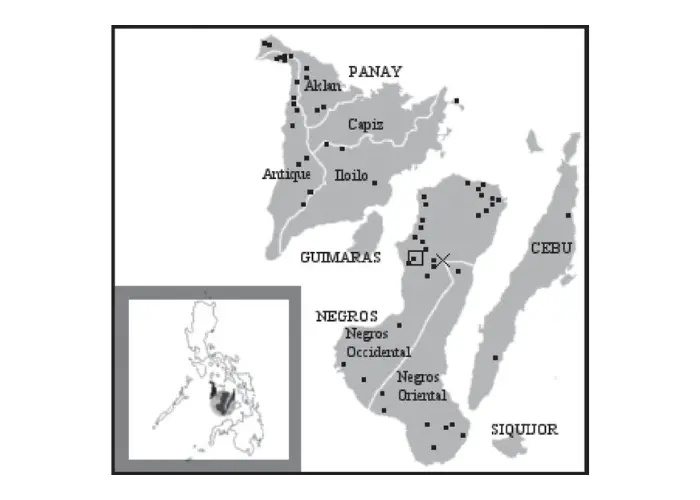
Image source: Research Gate
Explore the Wild Cats’ Habitats
Imagine embarking on a virtual journey through the diverse landscapes of the Philippines, exploring the hidden corners where wild cats roam.
An interactive map above serves as your guide, pinpointing key habitats, conservation areas, and sightings of these elusive felines.
This digital exploration educates and inspires, bringing the remote and rugged beauty of wild cat territories to your fingertips and highlighting the importance of these areas for biodiversity and conservation.
In the Field: Multimedia Insights into the Lives of Wild Cats
Dive deeper into the world of Philippine wild cats with a collection of multimedia content that brings their stories to life.
Videos capture these felines’ graceful movements and behaviors in their natural settings, while photo galleries showcase their beauty and the intricacies of their habitats.
Audio clips featuring the sounds of the forest and perhaps the occasional cat call transport you into the heart of the wilderness.
This immersive experience fosters a deeper connection with nature and a greater appreciation for the wild cats and their role in the ecosystem.
Conclusion
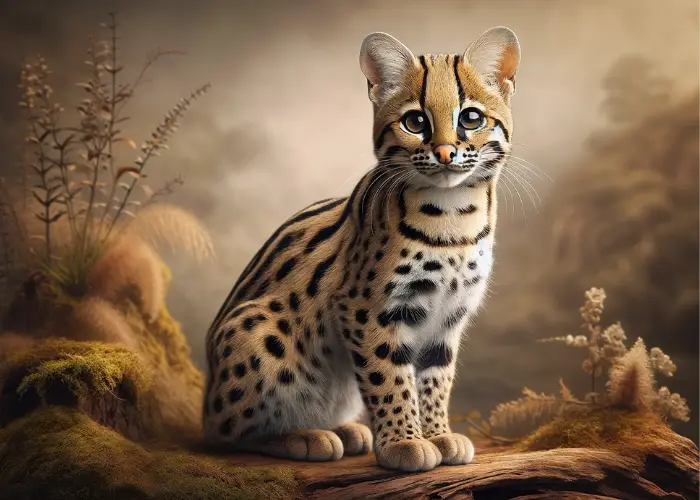
The wild cats of the Philippines are more than just inhabitants of the forest; they are vital threads in the ecological fabric that sustains the archipelago’s rich biodiversity.
Their silent prowls and elusive nature mask a deeper significance, reminding us of the intricate connections between all living things and the environments they share.
As custodians of these natural treasures, we are responsible for protecting and preserving them, not only for the wild cats themselves but for the planet’s and future generations’ health.
The journey towards conservation is fraught with challenges, yet it is filled with opportunities for involvement, learning, and making a tangible difference.
By supporting conservation initiatives, participating in community projects, or simply spreading awareness, each action we take contributes to a larger effort to safeguard these hidden gems of nature.
Call to Action
Let this exploration of Philippine wild cats inspire you to become an advocate for their survival and the preservation of their habitats.
Engage with conservation efforts, educate others about the importance of biodiversity, and respect the delicate balance between humans and wildlife.
Together, we can ensure that the whispers of the wild cats in the Philippines continue to echo through the forests, a testament to our shared commitment to protecting the natural world.
Are you a cat lover? Browse more interesting articles below:
- Popular Cat Breeds in the Philippines
- Get to know Puspin. The domestic cat of the Philippines
REFERENCES:
- Wild Cat Conservation. (n.d.). Leopard Cat (Prionailurus bengalensis). https://wildcatconservation.org/wild-cats/asia/leopard-cat/
- Fernandez, D. A. P., & De Guia, A. P. O. (2011). Survival of a native mammalian carnivore, the leopard cat Prionailurus bengalensis Kerr, 1792 (Carnivora: Felidae), in an agricultural landscape on an oceanic Philippine island. Journal of Threatened Taxa, 3(8), 2023–2031. https://threatenedtaxa.org/index.php/JoTT/article/view/889/1594
- Schauenberg, G., & Ray, J. C. (2021). Conserving the Small Carnivores of Asia: Multi-Level Threats Demand Multi-Stakeholder Solutions. Frontiers in Environmental Science, 9, 651939. https://www.frontiersin.org/articles/10.3389/fenvs.2021.651939/full
[/et_pb_text][/et_pb_column]
[/et_pb_row]
[/et_pb_section]
